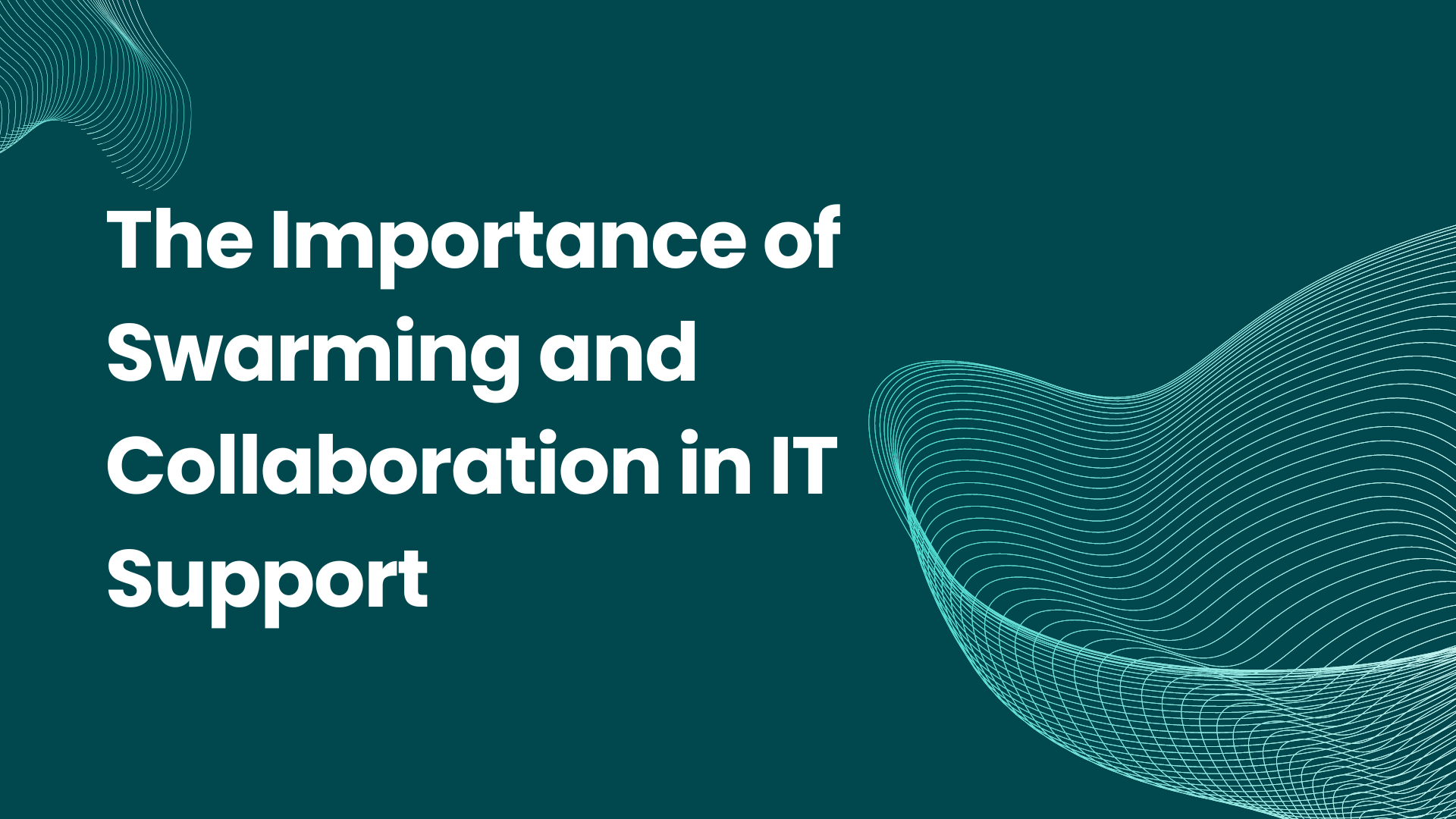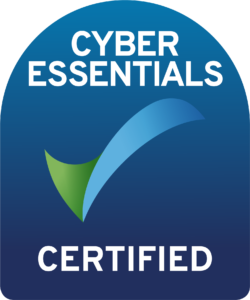
Much of what IT service desks “do” in terms of IT support has been industry best practice for decades. For example, the tier-based approach to ticket handling – where a ticket starts with Level 1 support staff before progressing to Level 2 and potentially Levels 3 and 4 when an immediate fix isn’t available. Your organisation might still be using this approach. After all, it has long worked well in reducing fix times and delivering better employee experiences.
However, there are now newer approaches to IT support that might be beneficial to your IT service desk and the people it serves. Please keep reading to find out more.

The traditional tiered IT support approach
In the last decade, an extra tier has been added to the traditional tiered support model – Tier 0. This tier is included in the tier explanation bullets below:
- Tier 0: Self-service – where end-users resolve their issues via a self-service portal or chatbot using knowledge base and FAQ information or automated tools without needing the involvement of a human IT support agent.
- Tier 1: Service desk entry (basic support) – the first line of support where service desk or help desk agents deal with the most basic or common issues, requests, and queries, typically following scripts or guidelines.
- Tier 2: Technical support – this is support for the more complex, technical issues that Tier 1 agents can’t solve. More specialised and experienced technicians provide Tier 2 support. For example, a Tier 2 technician would troubleshoot a network connectivity issue requiring in-depth knowledge of network configurations.
- Tier 3: Expert support – this support tier is for very complex or escalated issues. Here, highly specialised experts handle the tickets, and they might involve other specialists or vendor staff. For example, a complicated server issue might require input from the server manufacturer’s support team (Tier 4).
- Tier 4: External or vendor support – this involves outside experts or vendors who can provide detailed support for specific products, services, or systems.
But this tiered approach is not the only option available to IT service desks.
The swarming approach
“Swarming” is a collaborative approach to IT support designed to increase efficiency and reduce the mean time to repair (MTTR). It differs from the traditional tiered IT support model, where a ticket is escalated from one support level to another if it can’t be resolved at the current level, with swarming involving the collaboration of the most appropriate experts from the outset.
Swarming benefits all parties:
- Delivering faster resolutions thanks to the collaborative efforts of multiple experts
- Creating increased end-user satisfaction due to speedier and more effective solutions
- Continual improvement and learning in support processes and people’s capabilities.
Swarming starts when an end-user reports an issue or an incident is identified by monitoring tools. Initial triage quickly assesses the issue to understand its severity and impact, and it might be routed directly to the appropriate swarm if it matches known patterns or requires specific expertise.
Based on the nature of the issue, relevant experts (from various support levels and with the required specialities) are brought together to form a “swarm”. They collaborate in real-time to diagnose and resolve the issue, sharing their relevant knowledge and insights to find a solution quickly. Any learnings are shared and documented for future reference. Importantly, swarms are dynamic, and their composition changes based on the issue’s requirements.

Peer-to-peer collaboration
Swarming isn’t the only collaborative IT support option. Firstly, there’s increasingly the ability of service desk agents to collaborate together on incidents in their service desk tool. For example, one service desk agent might tag another to bring them into a ticket to help. They could also get the end-user into the collaboration if needed.
Secondly, there’s peer-to-peer (P2P) support. This is where end-users help each other resolve technical issues, answer queries, and share knowledge and best practices without needing to contact the IT service desk. P2P support is via community platforms, forums, or internal social networks and leverages the collective knowledge and experience within the end-user community to provide collaborative support.
It reduces the workload of the IT service desk, might offer faster issue resolution, empowers end-users to self-help (as self-service does), and creates a shared knowledge resource that others can access in the future.
P2P support works by end-users:
- Sharing their IT issue solutions and workarounds
- Collaborating to resolve issues collectively.

Beware of the potential challenges though
Some of the potential challenges with swarming include:
- Identifying experts relative to the different issue types and ensuring their availability when needed
- Adapting to volume peaks and troughs and managing multiple swarms simultaneously
- Ensuring that the knowledge and insights generated from swarming are documented for future reference
- Not overburdening the people who participate in swarms alongside their regular roles.
While P2P support has its own set of challenges, including:
- The quality of support might not always meet IT service desk standards and consistency
- Peer-provided responses could result in incorrect or inefficient solutions
- The sharing of issues might involve sensitive or confidential information
- Suitable peers might not be available to provide P2P support, especially when focused on their “real work”, affecting P2P support’s reliability and scalability.
If you want to learn more about these alternative methods for IT support, please contact our team.



